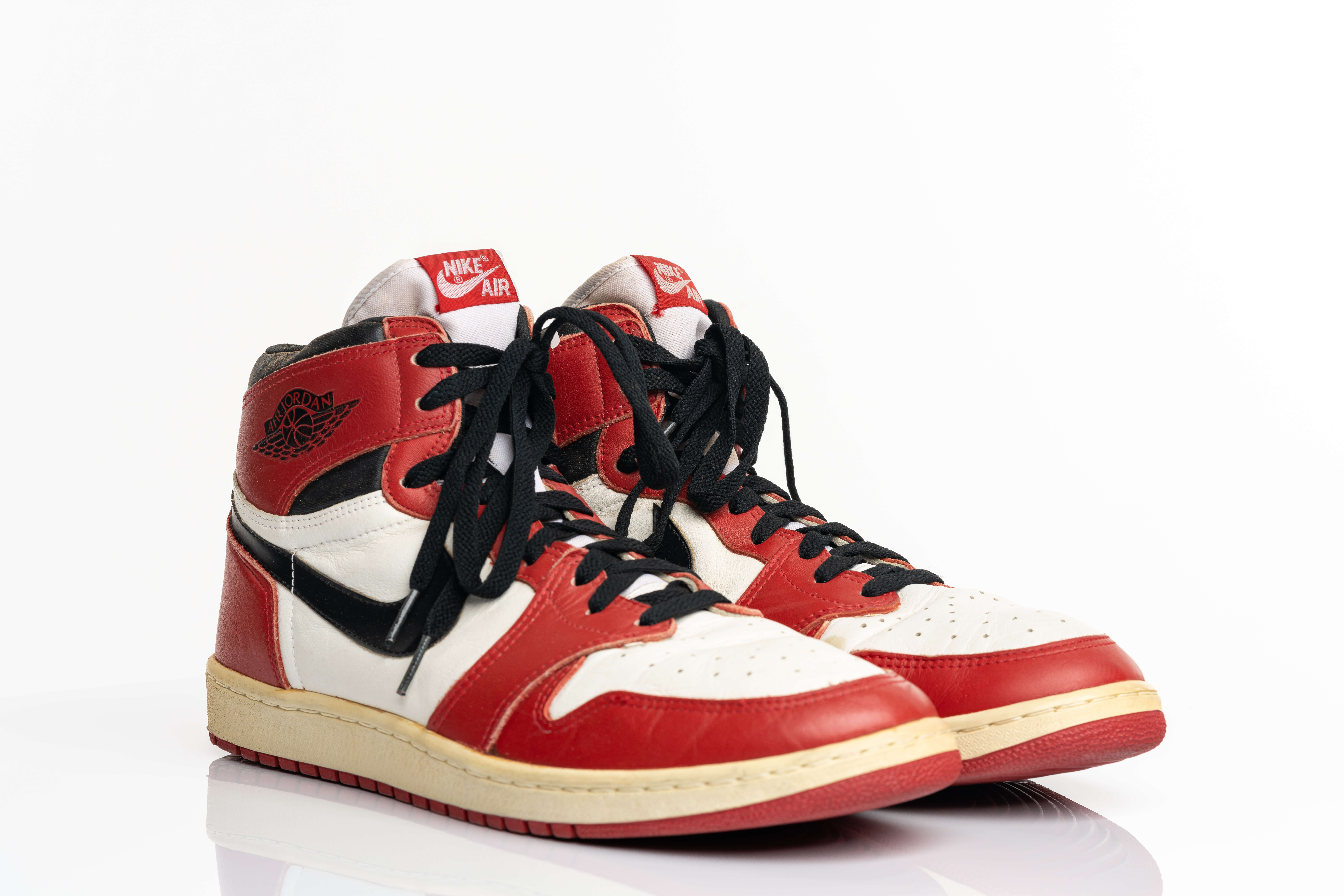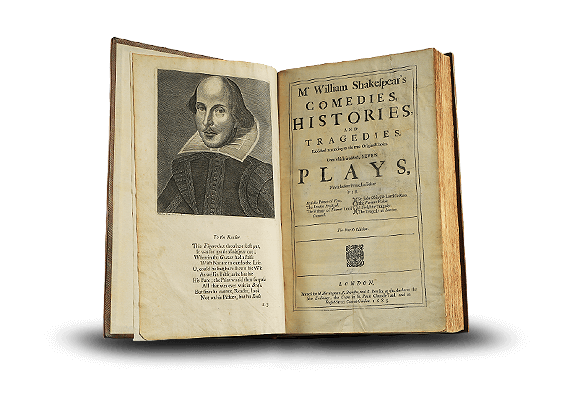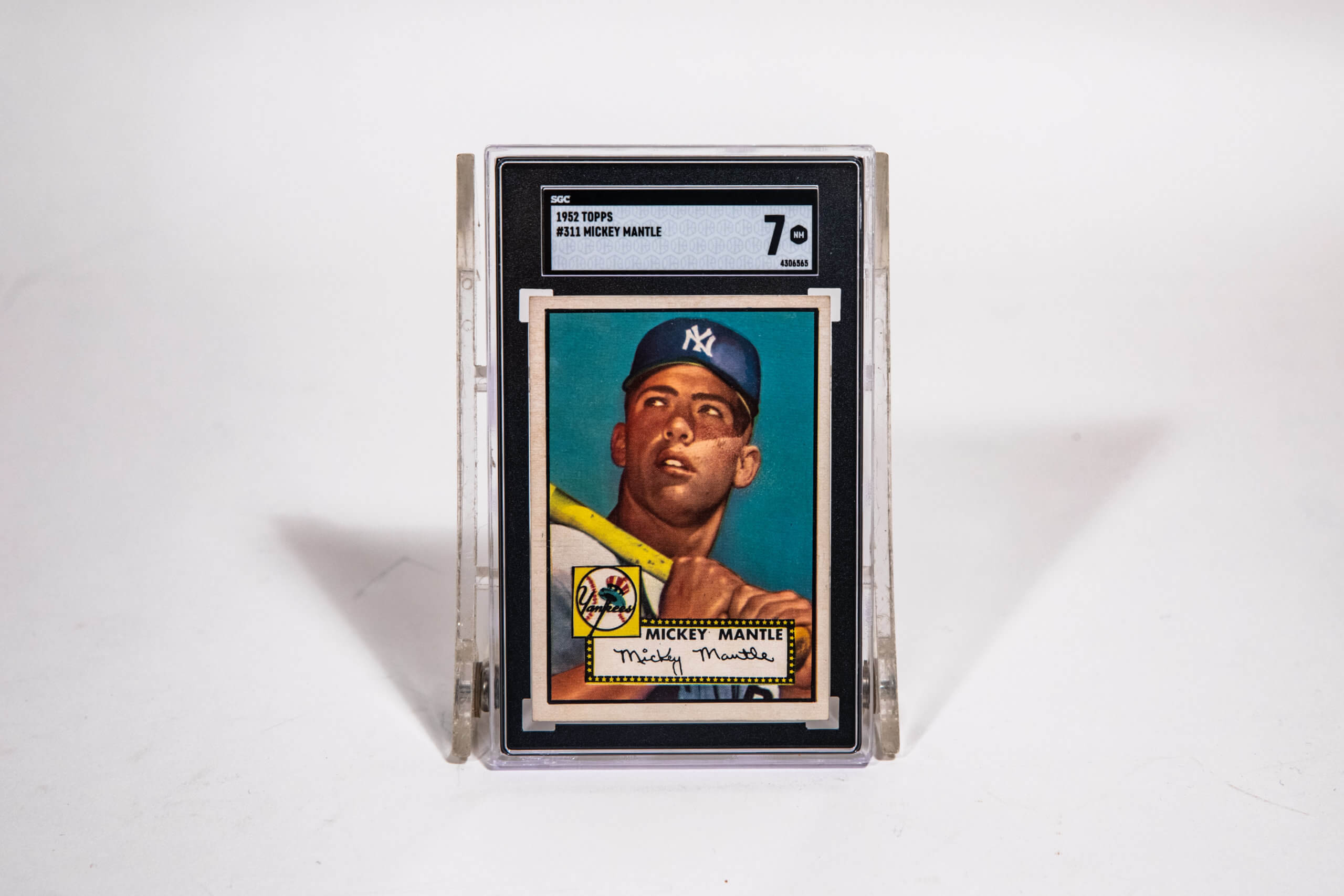Blog > Stories
Nuns Inherit a Modern-Day Holy Grail
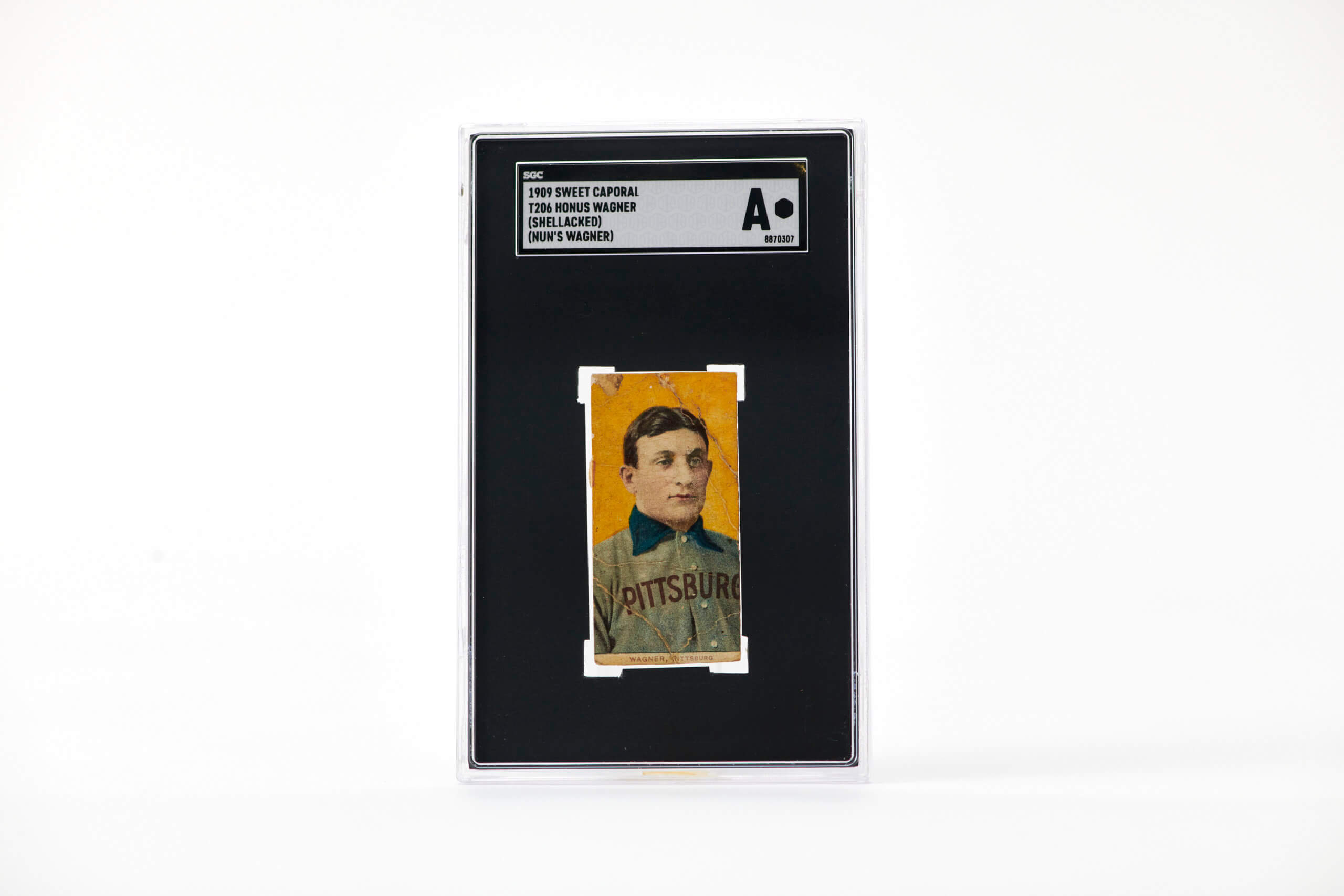
Blog > Stories
Nuns Inherit a Modern-Day Holy Grail

If you know anything about baseball cards, you know about the T206 Honus Wagner Card. And if you know nothing about baseball cards, you probably have no idea why six square inches of cardboard with one amazing story is worth more than 99% of homes in the U.S.
In 1909 the American Tobacco Company printed the now-famous T206 set to promote their cigarette and tobacco brands. At the time, Honus Wagner was one of the biggest stars in baseball. He debuted in 1897, quickly becoming the best hitter in the game. By 1909, Wagner had already won seven batting titles and had become the face of the game — earning the nickname “the Flying Dutchman” thanks to his speed around the basepaths.

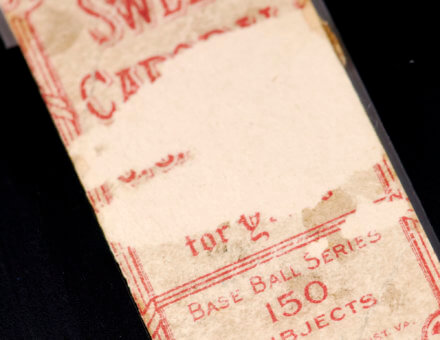
Wagner was originally featured in the T206 set, but the Pittsburgh Pirates shortstop quickly put a stop to the production.
People like to say it was because he was against smoking. Yeah right. It was 1909, Wagner wasn’t at the forefront of respiratory research — he even endorsed a cigar brand later in his career. Nope. Honus was just trying to secure his residuals and didn’t want American Tobacco profiting off of his likeness.
This rarity combined with the historic greatness of Wagner (he was a member of the first-ever Hall of Fame class in 1936, along with Ty Cobb, Babe Ruth, Walter Johnson, and Christy Mathewson; shown below) has resulted in million-dollar sales and dozens of wild stories. It is estimated that there are fewer than sixty T206 Wagner cards in existence.
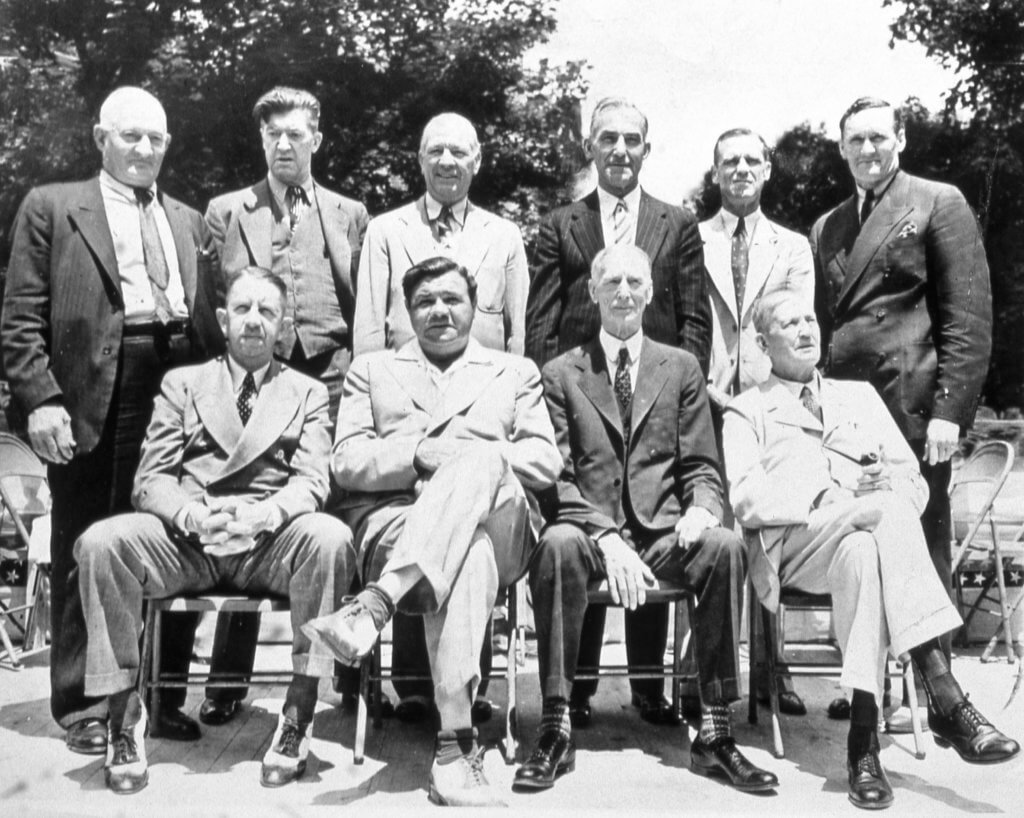
Each of these cards comes with its own fascinating tale. Between FBI investigations, famous owners like Wayne Gretzky and Charlie Sheen, and multi-million dollar record sales, the card’s lore has allowed it to become a part of popular culture in ways no other baseball card has ever managed.
One of the wildest stories belongs to a card known as the Nun’s Wagner.
Nearly 20 years after its printing, in 1936, an anonymous man purchased a T206 Wagner. Back then, card collecting was in its infancy, and talking about getting rich from a piece of cardboard wasn’t exactly a mainstream investment strategy. A year later, the first American Card Catalog was published, including the Honus as the most expensive card in the world, listing it for a cool 50 bucks.
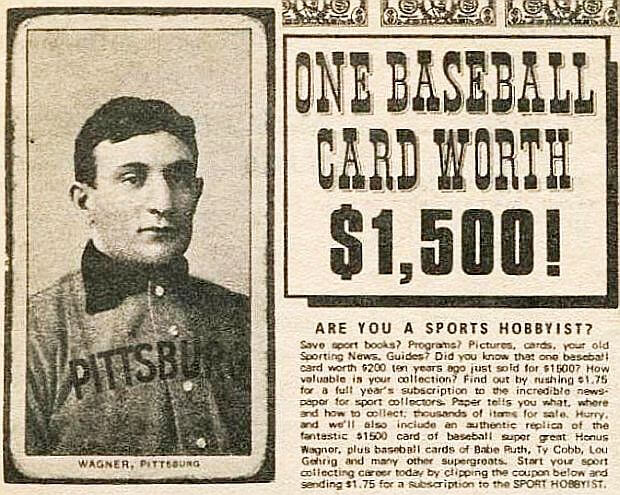
Whether the man could see the future, or he just liked collecting cards, he held onto it for the rest of his life.
When he died in 2010, he left all of his possessions to the School Sisters of Notre Dame, a congregation of nuns in Baltimore where his sister had been a sister until her death in 1999. The convent listed his house on the market for $300K, but there was something else left behind that nobody could have predicted.
Tucked away in his safety deposit box was the Wagner, along with a typewritten note for the Nuns (and $1,000 as a buffer against Y2K issues):
“Although damaged, the value of this baseball card should increase exponentially throughout the 21st Century!”
– advice from the estate donor
The nuns’ former treasurer, Sister Virginia, saw the note and the card and headed over to her computer to see what she was dealing with. Her jaw dropped. Other examples of the card had been routinely selling for hundreds of thousands of dollars, with the best copies notching record-breaking sales in the millions.
After insuring the card, Sister Virginia listed it at Heritage Auctions, planning to use the money to support their ministries in 35 countries around the world. The estimated value was around $150K.
But stories can be a powerful thing, and pretty soon ESPN and other major outlets picked it up, and news spread like wildfire. “Holy Card! Nuns Auctioning Rare Honus Wagner” posted Fox News. The New York Times reported alongside the story about the find that, “In the common room [of the convent], baseball and football games are often shown on the big-screen television…with some nuns sporting team colors on game days.” ESPN wrote it up with CNN, auction watching sites, and tons of local New England press.
“Provenance is always important in collectibles, and the nuns provided a neat background story”
Chris Ivy, Director of Sports Auctions at Heritage
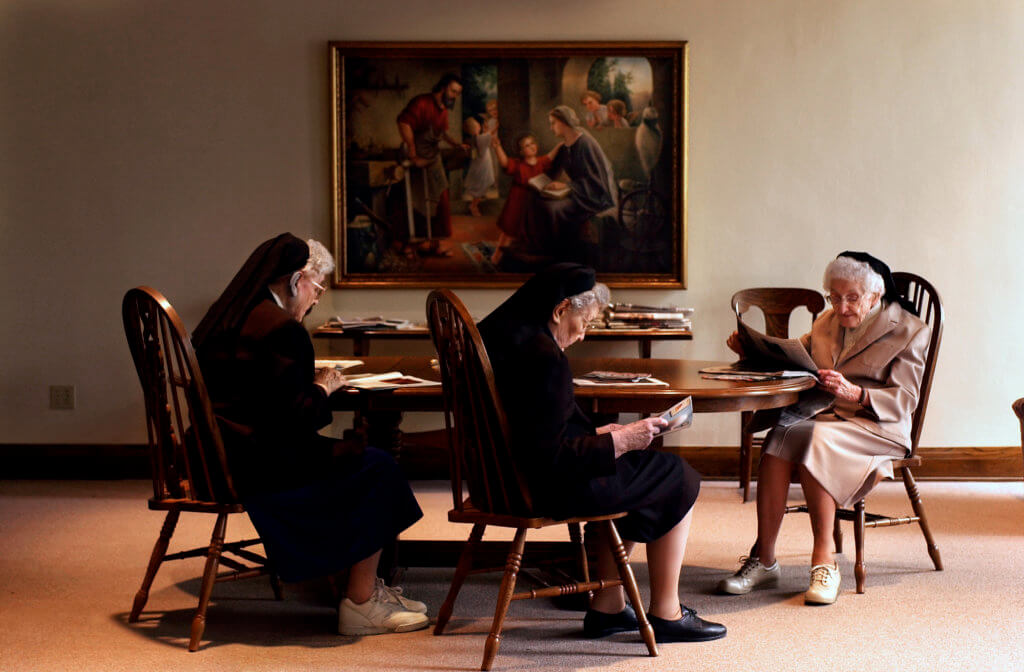
The final bid came in at over $260K. But the buyer never paid.
Then, as Christmas approached, a major card collector named Nicholas DePace bought the card for $220K. Just two days later, he was offered to sell for a $60K profit. He was unfazed, saying: ‘What’s the matter with you guys? It’s no longer just a baseball card, it’s become a religious relic, a St. Jude of memorabilia. I’m keeping it.”
DePace held onto the card until 2019, when Rally brought it onto the platform in 2019.
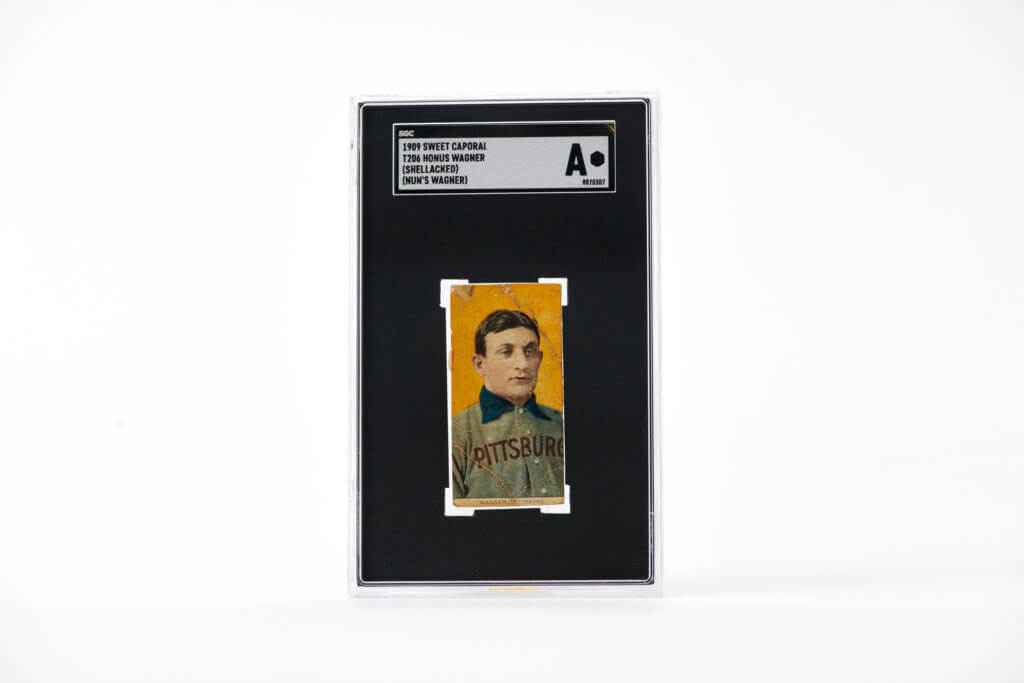
Related Assets
’10 Tip-Top Bread Honus Wagner Card
Sources
Press, A. (2015, March 27). Holy card! nuns auctioning rare Honus Wagner. Fox News. Retrieved September 13, 2022, from https://www.foxnews.com/sports/holy-card-nuns-auctioning-rare-honus-wagner
Macur, J. (2011, January 31). A windfall in cardboard. The New York Times. Retrieved September 13, 2022, from https://www.nytimes.com/2011/02/01/sports/baseball/01nuns.html
D’Angelo, B. (2019, December 13). Rally Rd. offering shares of T206 Honus Wagner Card Friday. Sports Collectors Daily. Retrieved September 13, 2022, from https://www.sportscollectorsdaily.com/rally-rd-offering-shares-of-t206-honus-wagner-card-friday/
Press, A. (2010, October 27). Nuns selling rare honus wagner card. ESPN. Retrieved September 13, 2022, from https://www.espn.com/mlb/news/story?id=5732365
T206Resource.com – Honus Wagner Sales History. (n.d.). Retrieved September 13, 2022, from https://t206resource.com/WagnerSales.html


